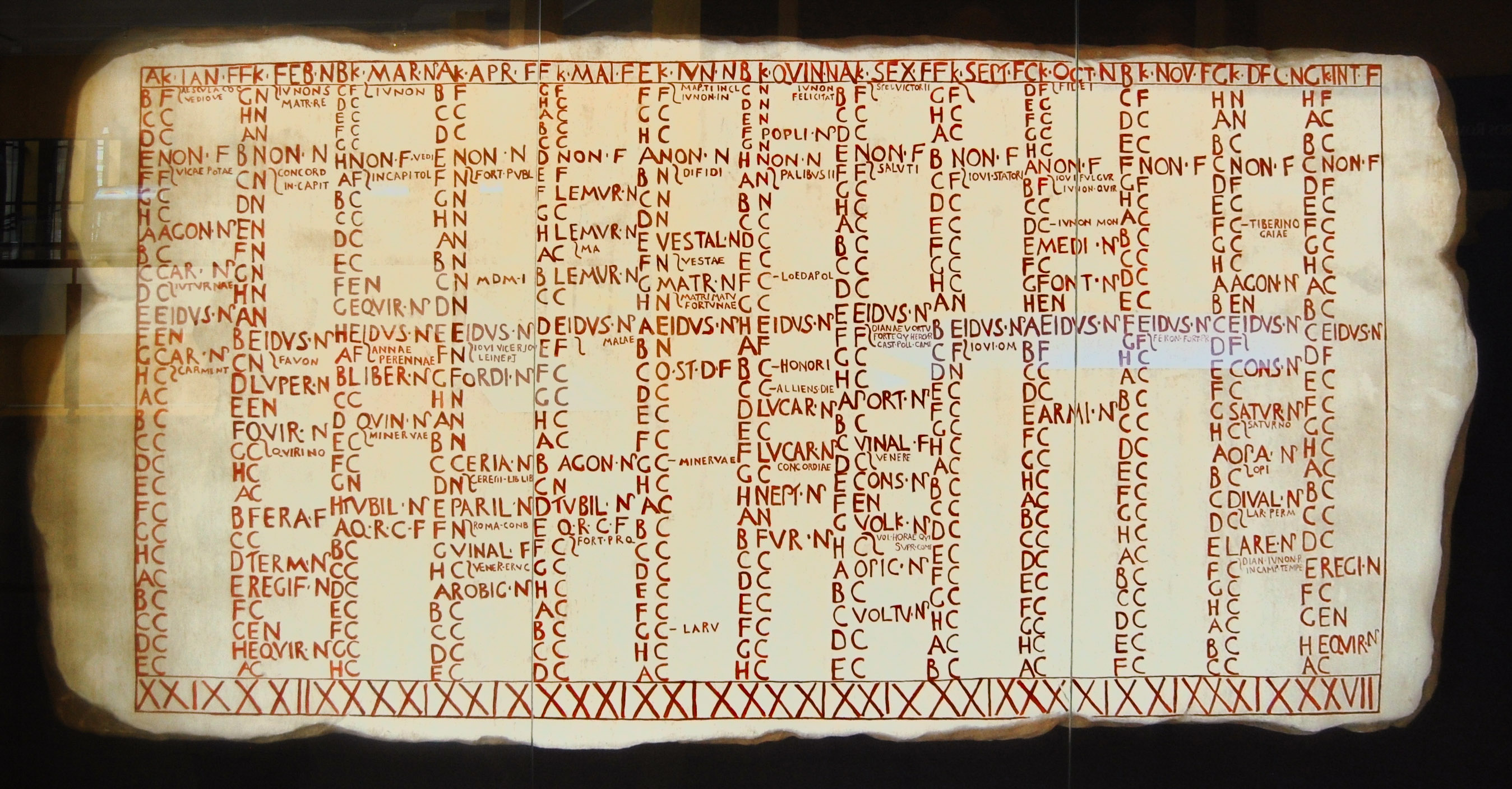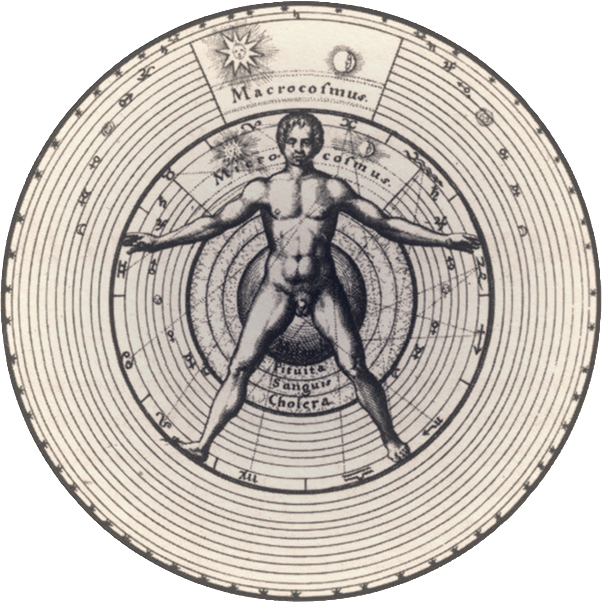|
November
November is the eleventh and penultimate month of the year in the Julian and Gregorian calendars. Its length is 30 days. November was the ninth month of the calendar of Romulus . November retained its name (from the Latin ''novem'' meaning "nine") when January and February were added to the Roman calendar. November is a month of late spring in the Southern Hemisphere and late autumn in the Northern Hemisphere. Therefore, November in the Southern Hemisphere is the seasonal equivalent of May in the Northern Hemisphere and vice versa. In Ancient Rome, Ludi Plebeii was held from November 4–17, Epulum Jovis was held on November 13 and Brumalia celebrations began on November 24. These dates do not correspond to the modern Gregorian calendar. November was referred to as Blōtmōnaþ by the Anglo-Saxons. Brumaire and Frimaire were the months on which November fell in the French Republican calendar. Astronomy November meteor showers include the Andromedids, which occurs fr ... [...More Info...] [...Related Items...] OR: [Wikipedia] [Google] [Baidu] [Amazon] |
Leonids
The Leonids ( ) are a prolific annual meteor shower associated with the comet 55P/Tempel–Tuttle, Tempel–Tuttle, and are also known for their spectacular meteor storms that occur about every 33 years. The Leonids get their name from the location of their Radiant (meteor shower), radiant in the constellation Leo (constellation), Leo: the meteors appear to radiate from that point in the sky. The name is derived from Greek language, Greek and Latin, Latin with the prefix ''Leo-'' referring to the constellation and the suffix ''-ids'' signifying that the meteor shower is the offspring of, descendent of, the constellation Leo. Earth moves through meteoroid streams left from passages of a comet. The streams consist of solid particles, known as meteoroids, normally ejected by the comet as its frozen gases evaporate under the heat of the Sun once within Jupiter's orbit. Due to the Retrograde and prograde motion, retrograde orbit of 55P/Tempel–Tuttle, the Leonids are fast moving st ... [...More Info...] [...Related Items...] OR: [Wikipedia] [Google] [Baidu] [Amazon] |
Month
A month is a unit of time, used with calendars, that is approximately as long as a natural phase cycle of the Moon; the words ''month'' and ''Moon'' are cognates. The traditional concept of months arose with the cycle of Moon phases; such lunar months ("lunations") are Lunar month#Synodic month, synodic months and last approximately 29.53 days, making for roughly 12.37 such months in one Earth year. From excavated tally sticks, researchers have deduced that people counted days in relation to the Moon's phases as early as the Paleolithic age. Synodic months, based on the Moon's orbital period with respect to the Earth–Sun line, are still the basis of many calendars today and are used to divide the year. Calendars that developed from the Roman calendar system, such as the internationally used Gregorian calendar, divide the year into 12 months, each of which lasts between 28 and 31 days. The names of the months were Anglicized from various Latin names and events important to Rome, ... [...More Info...] [...Related Items...] OR: [Wikipedia] [Google] [Baidu] [Amazon] |
November (Roman Month)
November (from Latin ''novem'', "nine") or ''mensis November'' was originally the ninth of ten months on the Roman calendar, following October (''octo'', "eight") and preceding December (''decem'', "ten"). It had 29 days. In the reform that resulted in a 12-month year, November became the eleventh month, but retained its name, as did the other months from September through December. A day was added to November during the Julian calendar reform in the mid-40s BC. The outstanding event during November was the Plebeian Games from the 4th through the 17th. The month had few other festivals. It was under the guardianship ''( tutela)'' of Diana. In the agricultural year The ancient farmers' almanacs ''( menologia rustica)'' instruct farmers to sow wheat and barley, and to attend to ''scribatio'', trenching around trees. Iconography of the month When the months are represented by agricultural activities, a man with a four-prong drag hoe ''(rastrum quadridens)'' can sometimes appear a ... [...More Info...] [...Related Items...] OR: [Wikipedia] [Google] [Baidu] [Amazon] |
Alpha Monocerotids
The Alpha Monocerotids is a meteor shower active from 15 to 25 November, with its peak occurring on 21 or 22 November. The speed of its meteors is 65 km/s, which is close to the maximum possible speed for meteors of about 73 km/s (see Specific energy#Astrodynamics). Normally it has a low Zenithal Hourly Rate (ZHR), but occasionally it produces much more intense meteor storms that last less than an hour: such outbursts were observed in 1925, 1935, 1985, and 1995. The 1925 and 1935 storms both reached levels passing 1,000 ZHR. Peter Jenniskens predicted the 1995 return based on the hypothesis that these outbursts were caused by the dust trail of a long period comet occasionally wandering in Earth's path due to planetary perturbations. During observations in southern Spain, assisted by a team of observers of the Dutch Meteor Society, Jenniskens confirmed that the meteoroids were moving in a long-period comet orbit. The outburst of 1995 allowed researchers to determine ... [...More Info...] [...Related Items...] OR: [Wikipedia] [Google] [Baidu] [Amazon] |
Chrysanthemums
Chrysanthemums ( ), sometimes called mums or chrysanths, are flowering plants in the Asteraceae family. They are native to East Asia and northeastern Europe. Most species originate from East Asia, and the center of diversity is in China. Countless horticultural varieties and cultivars exist. Description The genus ''Chrysanthemum'' are perennial herbaceous flowering plants, sometimes subshrubs. The leaves are alternate, divided into leaflets and may be pinnatisect, lobed, or serrate (toothed) but rarely entire; they are connected to stalks with hairy bases. The compound inflorescence is an array of several flower heads, or sometimes a solitary head. The head has a base covered in layers of phyllaries. The simple row of ray florets is white, yellow, or red. The disc florets are yellow. Pollen grains are approximately 34 microns. The fruit is a ribbed achene. [...More Info...] [...Related Items...] OR: [Wikipedia] [Google] [Baidu] [Amazon] |
Autumn
Autumn, also known as fall (especially in US & Canada), is one of the four temperate seasons on Earth. Outside the tropics, autumn marks the transition from summer to winter, in September (Northern Hemisphere) or March ( Southern Hemisphere). Autumn is the season when the duration of daylight becomes noticeably shorter and the temperature cools considerably. Day length decreases and night length increases as the season progresses until the winter solstice in December (Northern Hemisphere) and June (Southern Hemisphere). One of its main features in temperate climates is the striking change in colour of the leaves of deciduous trees as they prepare to shed. Date definitions Some cultures regard the autumnal equinox as "mid-autumn", while others with a longer temperature lag treat the equinox as the start of autumn. In the English-speaking world of high latitude countries, autumn traditionally began with Lammas Day and ended around Hallowe'en, the approximate mid-poin ... [...More Info...] [...Related Items...] OR: [Wikipedia] [Google] [Baidu] [Amazon] |
Andromedids
The Andromedids meteor shower is associated with Biela's Comet, the showers occurring as Earth passes through old streams left by the comet's tail. The comet was observed to have broken up by 1846; further drift of the pieces by 1852 suggested the moment of breakup was in either 1842 or early 1843, when the comet was near Jupiter. The breakup led to particularly spectacular showers in subsequent cycles (particularly in 1872 and 1885). In the early 19th century, before the break-up of comet 3D/Biela, the radiant was in Cassiopeia. In the last century the radiant of the modern weaker meteor shower was generally in the constellation of Andromeda as the name of the shower suggests, but due to its age and diffuseness meteors may appear to come from the neighbouring constellations, such as Pisces (near the star Upsilon Piscium), Triangulum and Cassiopeia. Historical appearances The first known sighting of the Andromedids was December 6, 1741, over St Petersburg, Russia. Fur ... [...More Info...] [...Related Items...] OR: [Wikipedia] [Google] [Baidu] [Amazon] |
Roman Calendar
The Roman calendar was the calendar used by the Roman Kingdom and Roman Republic. Although the term is primarily used for Rome's pre-Julian calendars, it is often used inclusively of the Julian calendar established by Julius Caesar in 46 BC. According to most Roman accounts, #Romulus, their original calendar was established by their Roman legend, legendary list of kings of Rome, first king Romulus. It consisted of ten months, beginning in spring with March and leaving winter as an unassigned span of days before the next year. These months each had 30 or 31 days and ran for 38 nundinal cycles, each forming a kind of eight-day weeknine days inclusive counting, counted inclusively in the Roman mannerand ending with religious rituals and a Roman commerce, public market. This fixed calendar bore traces of its origin as an observational calendar, observational lunar calendar, lunar one. In particular, the most important days of each monthits kalends, nones (calendar), nones, a ... [...More Info...] [...Related Items...] OR: [Wikipedia] [Google] [Baidu] [Amazon] |
Western Zodiac
Western astrology is the system of astrology most popular in Western countries. It is historically based on Ptolemy's ''Tetrabiblos'' (2nd century CE), which in turn was a continuation of Hellenistic astrology, Hellenistic and ultimately Babylonian astrology, Babylonian traditions. Western astrology is largely horoscopic astrology, horoscopic, that is, it is a form of divination based on the construction of a horoscope for an exact moment, such as a person's birth as well as location (since time zones may or may not affect a person's birth chart), in which various cosmic bodies are said to have an influence. Astrology in western popular culture is often reduced to sun sign astrology, which considers only the individual's date of birth (i.e. the "position of the Sun" at that date). Astrology is a pseudoscience and has consistently failed experimental and theoretical verification. Astrology was widely considered a respectable academic and scientific field before the Enlightenment ... [...More Info...] [...Related Items...] OR: [Wikipedia] [Google] [Baidu] [Amazon] |
Ancient Rome
In modern historiography, ancient Rome is the Roman people, Roman civilisation from the founding of Rome, founding of the Italian city of Rome in the 8th century BC to the Fall of the Western Roman Empire, collapse of the Western Roman Empire in the 5th century AD. It encompasses the Roman Kingdom (753–509 BC), the Roman Republic (50927 BC), and the Roman Empire (27 BC476 AD) until the fall of the western empire. Ancient Rome began as an Italic peoples, Italic settlement, traditionally dated to 753 BC, beside the River Tiber in the Italian peninsula. The settlement grew into the city and polity of Rome, and came to control its neighbours through a combination of treaties and military strength. It eventually controlled the Italian Peninsula, assimilating the Greece, Greek culture of southern Italy (Magna Graecia) and the Etruscans, Etruscan culture, and then became the dominant power in the Mediterranean region and parts of Europe. At its hei ... [...More Info...] [...Related Items...] OR: [Wikipedia] [Google] [Baidu] [Amazon] |
Taurids
The Taurids are an annual meteor shower, associated with the comet Encke. The Taurids are actually two separate showers, with a Southern and a Northern component. The Southern Taurids originated from Comet Encke, while the Northern Taurids originated from the asteroid 2004 TG10, 2004 TG10, possibly a large fragment of Encke due to its similar orbital parameters. They are named after their Radiant (meteor shower), radiant point in the constellation Taurus (constellation), Taurus, where they are seen to come from in the sky. Because of their occurrence in late October and early November, they are also called Halloween Meteoroid#Fireball, fireballs. Since 2P/Encke is such a short period comet, the meteors have the slowest impact speed of the annual well-known meteor showers. Comet Encke and the Taurid complex are believed to be remnants of a disrupted 40-km-class comet from about 10,000 years ago, breaking into several pieces and releasing material by normal Coma (cometary), come ... [...More Info...] [...Related Items...] OR: [Wikipedia] [Google] [Baidu] [Amazon] |
Meteor Shower
A meteor shower is a celestial event in which a number of meteors are observed to radiate, or originate, from one point in the night sky. These meteors are caused by streams of cosmic debris called meteoroids entering Earth's atmosphere at extremely high speeds on parallel trajectories. Most meteors are smaller than a grain of sand, so almost all of them disintegrate and never hit the Earth's surface. Very intense or unusual meteor showers are known as meteor outbursts and meteor storms, which produce at least 1,000 meteors an hour, most notably from the Leonids. The Meteor Data Centre lists over 900 suspected meteor showers of which about 100 are well established. Several organizations point to viewing opportunities on the Internet. NASA maintains a daily map of active meteor showers. Historical developments A meteor shower in August 1583 was recorded in the Timbuktu manuscripts.Abraham, Curtis"Stars of the Sahara" ''New Scientist'', issue 2617,15 August 2007, page 39–41 I ... [...More Info...] [...Related Items...] OR: [Wikipedia] [Google] [Baidu] [Amazon] |









